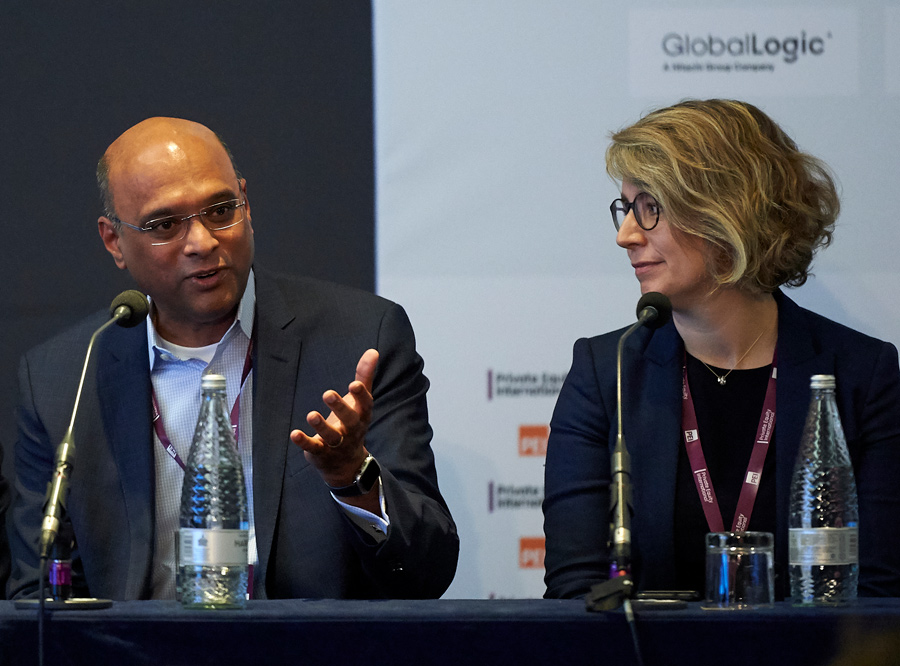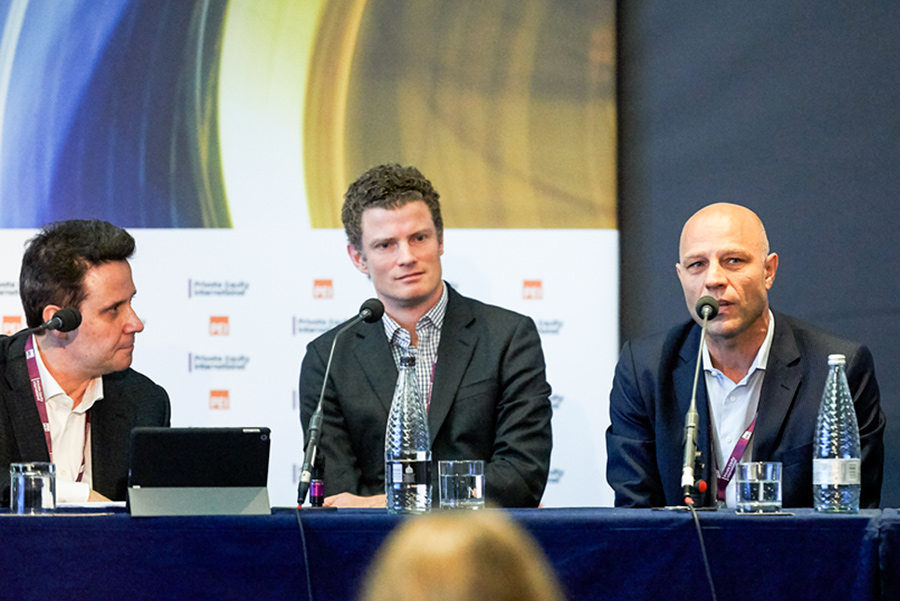Making the “magic quadrant” Work
How the CEO and Board Can Work Effectively with the Private Equity Operating Partner and Deal Partner
-
June 06, 2022
-
Ensuring successful interaction between the four key roles of CEO, board, operating partner and deal partner is essential to maximising value creation. This “magic quadrant” is critical at any time, but particularly after the COVID-19 pandemic, when more than 30% of companies are suffering top-line decline, according to the recent FTI Consulting Resilience Barometer®.
At the Private Equity International Forum Europe 2021, FTI Consulting joined a panel of leading private equity (“PE”) operating partners and CEOs who collectively shared insights on how to ensure that the magic quadrant is driving value creation. In this short article, we summarise the key findings from the discussion and outline how these can be applied in practice.
Three critical success factors
The saying that “time is money” could not be truer for PE funds, with delays in aligning key roles impacting the time required to achieve value and investment outcomes. Every deal is different, so context is everything and there is no “one size fits all” approach, but the panel identified three common critical success factors for creating effective relationships among the four key roles (CEO, board, operating partner and deal partner):
- Transparency and good communication
- Clarity on roles and mandates
- Strong governance across the roles
Transparency and good communication was seen as the most critical factor, attracting 33% of votes in a snap poll of the forum’s 200-plus PE professionals. Full transparency can be challenging for a CEO working with PE for the first time if they are not experienced in sharing their office with an operating partner, particularly when they are working with that partner to deliver significant change at the same time. Their role can sometimes feel like a lonely one.
The value creation journey is rarely smooth, and CEOs may find it invaluable to build an open and transparent relationship with the operating partner, who can create a safe space to explore concerns or ideas, and ensure that issues get immediate attention. Sector and C-suite level operational experience enhances an operating partner’s ability to prioritise issues, helping them to establish credibility and trust with the CEO, who in turn can underline that trust by adopting the mantra “if in doubt, disclose”. To strengthen trust across the quadrant, it’s also vital that the communication between deal partners and operating partners is open and coordinated, and that they act as one integrated PE team when working with the business.
The second factor for ensuring the magic quadrant is effective is to ensure there is clarity on roles and mandates and that these are aligned to the value creation plan. Providing this upfront is more likely to result in harmonious interactions between each member of the quadrant and should also enable each participant to perform their role more effectively.
The third factor is strong governance across the roles, especially at board meetings. One outcome of poor governance can be board meetings with limited decision-making, debate or clear actions generated, all of which are ineffective for any company, but especially for a PE backed company where time is critical. Outside of the board, it’s important to continuously align and support value creation initiatives across the business.
Practical steps to ensuring effective interaction between the four roles of the magic quadrant
- The operating partner should invest time upfront to ensure effective onboarding and rollout of the 100-day plan.
- The board needs to understand the principles of PE and M&A, and the investor should have a clear understanding of the business.
- The CEO should work with the operating partner to select the C-suite level executive team, seeking an external view of who will fit best with the value creation plan, and how external resources should be deployed.
- With operating partner support, the CEO needs to focus on value creation by setting up an effective project management office (“PMO”). The PMO can work with the CFO to support additional documentation and reporting requirements.
- To build strong relationships, the operating partner must invest time in board meeting preparation, as well as in informal interactions with non-executive directors and the deal team.
- It is important to appoint a chair who can run board meetings effectively, with the agenda focused on decision-making and strategy. Action-oriented items must take priority.
The panel on “Making the ‘magic quadrant’ work: how the private equity deal partner, operating partner, CEO and board can work together to deliver ambitious value creation plans in complex private equity deals” at the Private Equity International Forum Europe 2021 consisted of:
- Ralph Friedwagner, Managing Director & Operating Partner, CDPQ
- Shashank Samant, President & CEO, GlobalLogic
- Celine Infeld, Operating Partner, Investcorp
- Jim Strang, Chairman of the Board, Hg
- George Moss, Partner, ECI Partners
- Michael Weyrich, Senior Managing Director, FTI Consulting (Moderator)
For more information about the Resilience Barometer, visit ftiresiliencebarometer.com.
How we can help
FTI Consulting’s Business Transformation practice works extensively with leading private equity funds and portfolio management teams to shape and deliver value creation plans.
We combine consulting expertise and operating experience with a data-driven, fact-based approach to help clients address their key challenges and build long-term value.
We are transparent in our communication and practical in our approach, and are focused on ensuring optimal outcomes while taking a balanced approach across near-term benefits and long-term strategic goals.
Published
June 06, 2022





